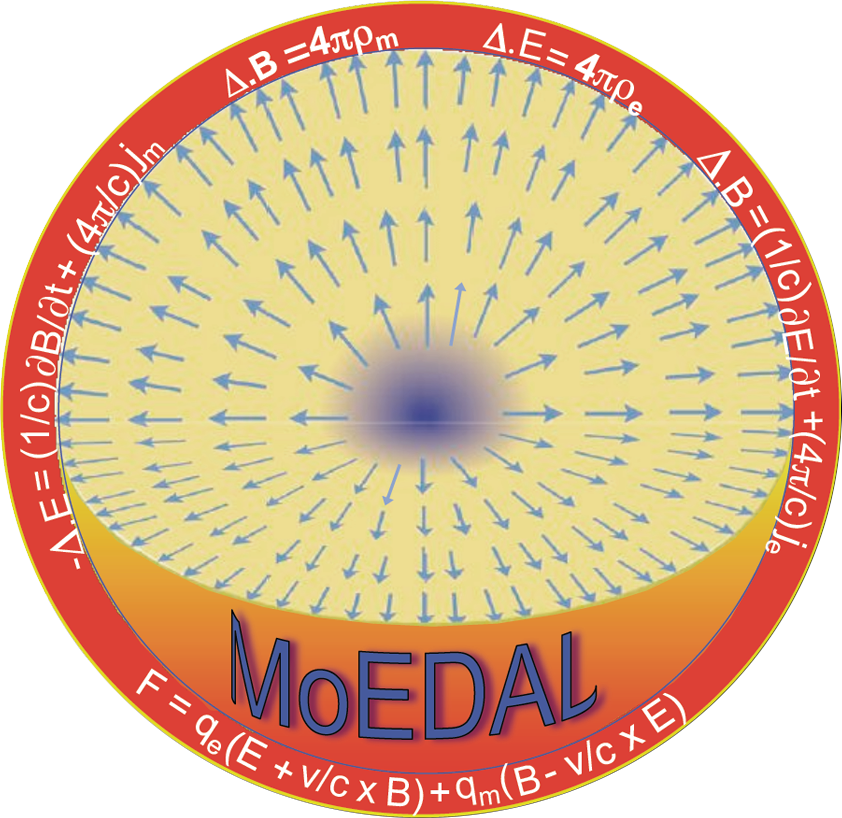Generic SMPs which possess electric charge and penetrate through the ATLAS or CMS detector will leave a clear signature of a high-pT , slow, muon-like track. The background is expected to be highly suppressed by use of the time of flight technique. Thus, penetrating SMPs with appropriate production cross sections would, in principle, be observed. However, as mentioned above, for an SMP at the LHC to be detected or triggered in a certain detector system and be associated to the correct bunch crossing, it should arrive at most 25 ns after the default arrival time of a particle traveling at the speed of light. Later arrival would imply triggering or detection within a subsequent crossing time window. This would complicate detection.

For SMPs which stop in the calorimeter and do not traverse the muon system, searches could rely on observing an excess of high-pT tracks in the inner detectors. In conjunction with this, observable such as a charged particle leaving a signature of anomalous ionization in the tracking chambers together with a characteristic energy deposition profile in the calorimeters could also be used. However, highly ionizing SMPs can be absorbed before they penetrate ATLAS or CMS. Also, as described earlier the precision with which ionization energy loss can be measured in the general purpose LHC detectors is not clear.
An example of a study of the possible detection of SMPs at the LHC assumes a proposed ATLAS high luminosity trigger (∼ 1034cm−2s−1) and high pT ( ≥ 20 GeV/c) muons in which all the three stations of the ATLAS RPC are in coincidence. Figure 5 shows the trigger efficiency they obtained. The efficiency drops rapidly from 50% at a β= 0.5 to zero at β ∼ 0.35. In the Figure above the delay (ns/m) of the SMP particle with respect to an ultra-relativistic particle as a function of β and βγ is reported. As the outermost muon chambers extend to radius of ∼ 10m in ATLAS, we can see that the SMP does not reach them during a single beam crossing period of 25ns. In the lower Figure the corresponding energy loss rate normalized to its minimum value is shown. As can be seen an SMP would be detectable with nuclear track detectors with a Z/ β threshold of 5 at a β ∼ 0.4. The rapid increase of the energy loss with decreasing values means that the SMP particle may stop inside the hadronic calorimeter.
The range of an SMP particle in iron is given as a function of β, for a mass of 0.2, 0.6 and 1 TeV/c2. Considering that the inner ATLAS calorimeter system corresponds to about 2 m of iron, we see that only SMP particles with masses M ≥ 1 TeV/c2 could escape the calorimeter when ≤ 0.25. An SMP particle stopped inside the calorimeter is typically lost because the kinetic energy deposited into the calorimeter is, in almost every case, below the threshold of the hadron calorimeter trigger.
The MoEDAL experiment would be able to complement the above search strategies by allowing searches for electrically charged SMPs with Z/β > 5, with a maximum around 200e → 300e. The upper limit on the SMP Z/β to which ATLAS and CMS will be sensitive is still unclear. However, it is likely to be substantially below the reach of MoEDAL.
